LAB REPORT
Science and Technology Making Headlines
Sept. 25, 2015

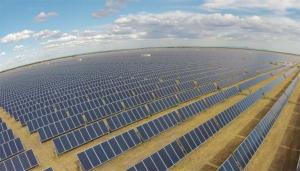
Lawrence Livermore researchers are working to make solar panel more reliable.
Here comes the sun
Lawrence Livermore engineer Mihail Bora has received $570,000 to research technology that could improve the reliabilityof the photovoltaic cells used to generate solar power.
Bora’s team will use the funds to investigate the use of spectral imaging as a way of evaluating moisture buildup within solar cells.
Reliability plays a key role in solar’s competitiveness, Bora said. The research may lead to the creation of a tool that would protect solar modules against costly water damage.
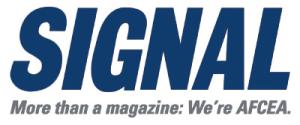

Lawrence Livermore National Laboratory has partnered with Rensselaer Polytechnic Institute to focus on scientific and engineering software applications capable of running on HPC platforms
Fueling the economy
Livermore and Rensselaer look to bridge the gap between the levels of computing conducted at their institutions and the typical levels found in industry. Scientific and engineering software applications capable of running on HPC platforms are a prime area of interest.
Livermore and Rensselaer have built robust computational ecosystems equipped with the necessary resources to scale codes, including the hardware and infrastructure needed for testing and validation; tools for optimization and debugging; and the people harboring the expertise and experience required to program.

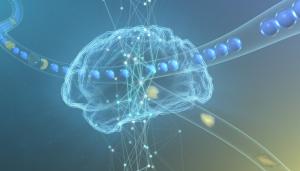
Lawrence Livermore engineers are designing arrays that would help restore memory for people suffering from traumatic brain injury.
Brain research boosts memory
Promising preliminary results are coming out from the Defense Advanced Research Project Agency’s Systems-Based Neurotechnology for Emerging Therapies (SUBNETS) program, which aims to provide relief for patients with post-traumatic stress disorder and other neuropsychiatric conditions.
Just one year into the SUBNETS effort, engineers at Lawrence Livermore National Laboratory and Draper Laboratory have produced customized electrode arrays and miniaturized neural interface hardware. The prototypes include microfabricated electrode arrays that are flexible and can interface with large numbers of neurons; fully implantable hardware to amplify and interpret brain signals; and new circuitry to deliver precise, function-restoring feedback to the brain.

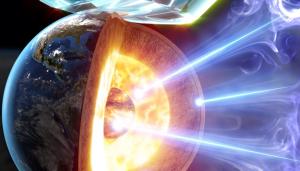
This model shows planetesimals (objects formed from dust, rock and other materials that can be anywhere in size from several meters to hundreds of kilometers) accreting to a growing Earth 4.56 billion years ago. Image courtesy of Antoine Pitrou/Institut de Physique du Globe de Parise Physique.
Oxygen at the core
There is more oxygen in the core of Earth than originally thought.
Rick Ryerson from Lawrence Livermore and international colleagues discovered some new findings about Earth's core and mantle by considering their geophysical and geochemical signatures together.
This research provides insight into the origins of Earth's formation.

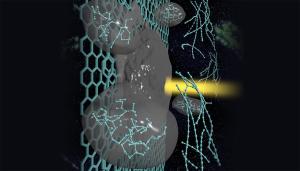
A carbyne strand forms in laser-melted graphite. Carbyne is found in astrophysical bodies and has the potential to be used in nanoelectronic devices and superhard materials. Image by Liam Krauss/LLNL
Bringing carbyne into the real world
Carbyne — which is a chain of carbon atoms held together by either double or alternating single and triple atomic bonds — was awarded the title of the world’s strongest material and has the unusual property of being able to change from being a conductor to an insulator when it’s stretched by as little as 3 percent.
But carbyne has proven nearly impossible to make in the real world. While carbyne has been found in highly compressed graphite, and it has even been synthesized at room temperature, no one has devised a way to produce the material in bulk.
Until now. Lawrence Livermore researchers have demonstrated through computer models that it was possible to form carbyne fiber bundles by melting graphite with a laser.





